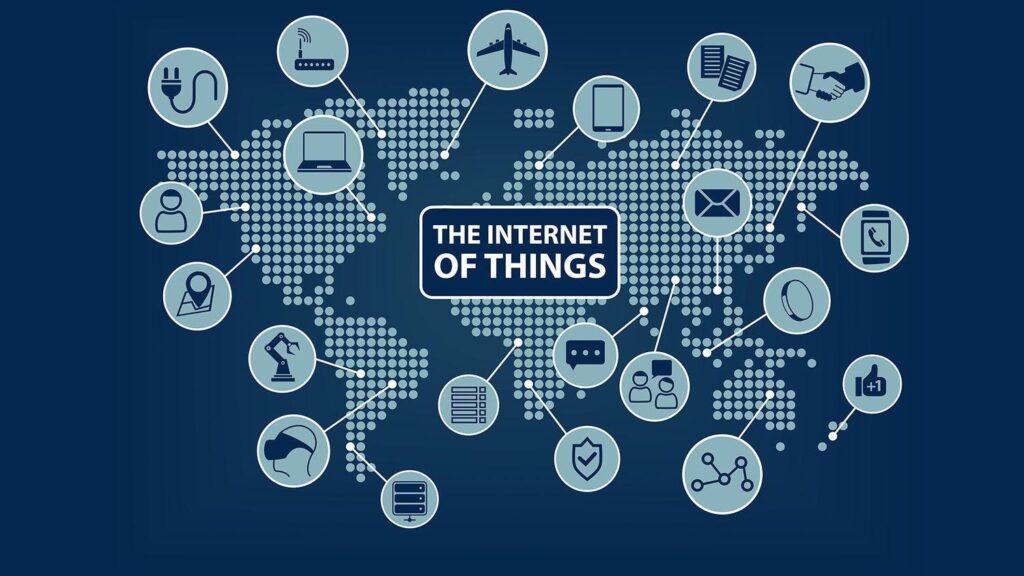While the COVID19 pandemic has created havoc globally, vaccines are the only hope for people to protect themselves against the Coronavirus infection.
COVID19 vaccines are somewhat different from other vaccines. Due to the latest technology, the COVID19 vaccines require special storage facilities with sub-zero temperature.
At the same time, the supply chain management should be cold enough to transport the vaccines effectively.
Due to the stringent temperature requirements, the vaccines need cold storage with a temperature not above minus 94 degrees F.Therefore, the need for effective vaccine management arises at every healthcare facility.
The vaccines can also be stored in thermal shipper boxes with dry ice. For places not having a cold storage facility, these boxes can act as mini-freezers.
Storing the vaccines in such boxes, however, gives rise to some problems. Vaccines can stay in potent condition only up to 15 days, after which they become ineffective and thus become unfit for use.
Healthcare facilities should use an ultra-low temperature freezer to store the vaccines.
There are other restrictions too. You cannot open such boxes more than twice a day for more than a minute. Also, you need to change dry ice every five days.
So, you can keep the vaccines in such boxes for up to 15 days, and after which, you must store them in refrigerators.
The World Health Organization (WHO) has recommended investing in effective vaccine storage and supply chain management systems!
Challenges During Vaccine Storing and Shipping
Before we discuss the challenges during storing and shipping of vaccines, it is worthwhile to know about the vaccine’s producer.
Pfizer is an American multinational pharmaceutical company. It has produced the vaccine in collaboration with the German firm, BioNTech. The vaccine is 94.5 percent effective, according to researchers.
The vaccine is based on mRNA technology, and the immunization process includes two dosages–the second dosage follows the first within 21 days. But this vaccine is delicate, and it needs sub-zero freezing temperatures for storage. Without the right temperature environment, the vaccine will lose potency in the cold chain.
With the second wave of the pandemic affecting more and more people, the need for transporting the vaccine will rise significantly.
According to predictions by the WHO, 50 percent of COVID19 vaccines would go waste in the second wave of the pandemic due to reasons such as expiry, multiple shipment modes and multiple hand-offs.
But, there are ways to avert the risk of wastage. Some companies have come up with a solution that involves installing heavy vehicles with super freezers, which can maintain a temperature up to -70 degree C, and whose single containers can hold up to 208K doses.
But the vehicles need constant monitoring as temperature fluctuations can make vaccines lose their effectiveness. Therefore, proper vaccine storage and cold chain management are necessary to preserve vaccine effectiveness.
IoT cold chain management solutions can help to track and monitor vaccines along the cold chain.
Whenever there is a fluctuation in temperature, the solution sends alerts to enable the staff to take corrective action.
Cloud Solutions
Implementation of cloud-based solutions can help to handle refrigerated trucks carrying the vaccines. And data plays a crucial role in cold chain management. For adequate vaccine transportation, shippers should know data transportation movement and temperature fluctuations.
Cloud-based IoT cold chain solutions allow shippers to track data as all data generated during the transportation is stored in the cloud platform.
Cloud applications come with special tracking tools to gather, collect and store data from thermal sensors fixed in reefers.
GPS Modules and Thermal Sensors
Due to variation of temperature from place to place, shippers should ensure that they track reefer locations along with the temperature of a particular area.
With IoT cold chain management solutions, shippers can fix GPS systems and thermal sensors in reefers. While GPS systems track reefers’ location, thermal sensors measure the temperature and humidity of the surrounding area.
Real-Time Monitoring
During the transportation of vaccines, shippers must be very cautious about the shipment’s location and its temperature. So, it will help if they use IoT cold chain management solutions to track the location and temperature.
As sensors are connected to the IoT platform, they detect the location, measure the temperature, and update them in real-time. The systems also can keep a record of the temperature and location data.
Alerts
When something goes wrong, the system sends out push notifications, which get forwarded to web apps, emails and SMSes. The notifications can be in the form of warning messages.
IoT-based systems will send alerts if:
- There is a change in the temperature during transit. After getting an alert, drivers can take corrective actions to prevent shipment damage.
- A shipment gets delayed. It helps dispatchers to redirect the truck.
Analytics
Another feature of IoT-based systems is data analytics, which helps to examine large amounts of data. Analytics helps managing warehouses and other departments as it gives insights.
With data analytics, transporters can get quick results from large datasets apart from enabling visualization of vaccine storage and shipment statistics.
Benefits of IoT Solutions—the Summary
- Prevents vaccine damages
- Real-time monitoring
- Effective product distribution
- Faster delivery
Conclusion
It is now clear that IoT solutions are necessary to maintain a proper cold chain environment. Since they provide valuable and real-time insights into the functioning of the cold chain, they help in detecting shipment status and ensuring vaccines retain their quality. At the same time, the solutions provide real-time updates and alerts to assist in better decision-making and management.



